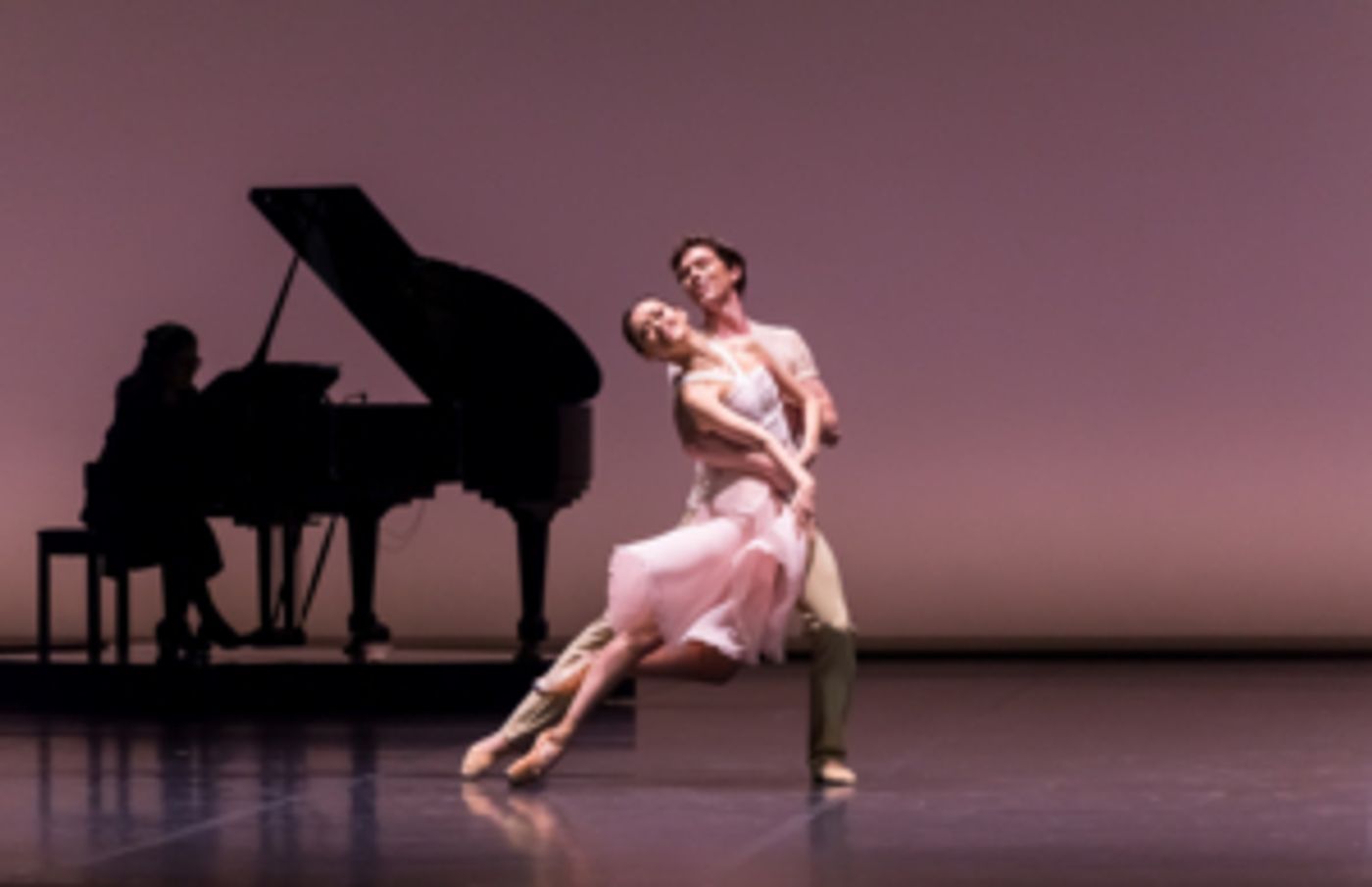Review: ASTANA BALLET, Royal Opera House

![]() It is always exciting to witness a ballet company unseen in the UK. Astana Ballet is Kazakhstan's leading ballet company and since its 2013 debut, the company has performed all over the world. So far, this has not included the UK, but last night, Astana Ballet made its sold-out UK debut with an intriguing programme of four one-act ballets that combine classical choreography with an influence of contemporary and Kazakh folk dance.
It is always exciting to witness a ballet company unseen in the UK. Astana Ballet is Kazakhstan's leading ballet company and since its 2013 debut, the company has performed all over the world. So far, this has not included the UK, but last night, Astana Ballet made its sold-out UK debut with an intriguing programme of four one-act ballets that combine classical choreography with an influence of contemporary and Kazakh folk dance.
The programme begins with Love Fear Loss, a fifteen-minute piece from 2016, inspired by the life and music of the French singer Edith Piaf. Using a solo piano, the dancers explore themes of love, loss and heartbreak, which seem ideal for the medium of ballet. The piece features the most classical ballet choreography of the evening, with a series of pas de deux, choreographed by Ricardo Amarante.
Against a completely plain black background, David Jonathan and Dilara Shomayeva begin, dancing to 'Hymne a l'Amour'. Their steps are light and optimistic, reflecting the exciting beginnings of a love affair. Ilya Manayenkov and Ainur Abilgazina then perform 'Ne me Quitte Pas', an anguished dance, full of confusion and sadness. Abilgazina is graceful and suitably distressed, but the choreography is a little flat which detaches the audience from what should be a very emotional piece.
Farkhad Buriyev and Tatyana Ten then perform 'Mon Dieu", the most technically precise of the dances, exploring the loss of love. The pair perform some excellent lifts and are the most elegant and well-matched of the couples. Ten is a polished dancer and projects poise down to her fingertips
This is followed by choreographer Mukaram Avakhri's one-act version of Salomé. Based on Oscar Wilde's writing, it takes the audience on a dark journey where wild passions lead to fear, madness and ultimately, death.
Under a large full moon, lead Soloist Aizhan Mukatova danced the role of Salomé on press night. She takes the audience on an emotional whirlwind, responding to Fazil Say's music with languid, cat-like prowling, leading to genuine anguish. She is provocative in every way, wrapping her whole body around John the Baptist, danced by Farkhad Buriyev. Buriyev is given little to do, but Mukatova demonstrates her extraordinary flexibility and often appears to have joints made of rubber as she writhes around the stage.
Overall, the piece owes more to contemporary dance in its choreography, than classical ballet. The company thrashes around on the floor a lot and a few scenes are too busy for the Linbury stage, but overall, the effect is dramatic and effective. Final scene where the company progresses individually along a platform to fall to their deaths is particularly striking.
After the interval, the company performs Heritage of the Great Steppe, a vibrant celebration of traditional Kazakh folk dancing. Featuring six short dances, the section has expressive music, glittering costumes and choreography that mixes elements of classical ballet with the traditions of Kazakhstan.
Highlights include Asem Konyr/Dedication To The Women Of The Great Steppe with female dancers in dazzling traditional red and gold costumes, weaving and gliding around the stage with excellent co-ordination. Kuanamyn/Joy was a delight, performed by a delicate Anel Baltenova who moved with lightness and grace. The finale of Uly Dala/Motherland was an intense and focused battle, featuring both male and female dancers.
The evening concludes with a return to the work of Ricardo Amarante in A Fuego Lento, which debuted in 2016. Based on a story of seduction and falling in love, the piece leans strongly towards tango rhythms.
There is some sensual and seductive choreography that blends traditional Argentine tango with classical ballet moves. However, the dancing lacks the heat and intimacy of tango. The male and female dancers perform separately for most of the pieces and so there is a lack of necessary physical contact. When the dancers do come together, the dance is technically beautiful, but too polite to smoulder.
Overall, the weakness lies with the co-ordination of the company, who step out of time a little too often. Some members of the company also lack some energy. The size of the Linbury Theatre means that every movement is visible and the stripped back sets give nowhere to hide mistakes. However, the company has only been running for six years and it is easy to see the potential of this vibrant and innovative young ballet company. It will be fascinating to see how they develop.
Astana Ballet is at the Royal Opera House until 14 September
Photo Credit: Askhat Nurekin
Reader Reviews
Videos

